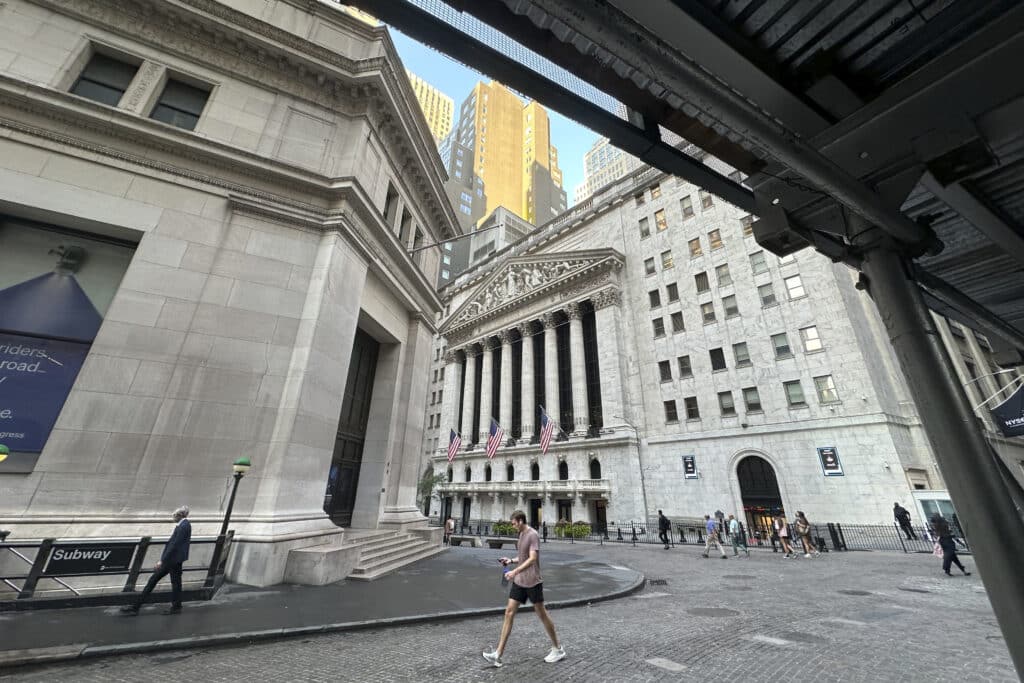US second quarter growth stronger than estimated: gov’t

Washington, United States — The US economy expanded more than initially estimated in the second quarter this year, the Department of Commerce said Thursday, on stronger consumer spending than originally anticipated.
The world’s biggest economy grew at an annual rate of 3.0 percent in the April to June period, up from 2.8 percent according to an earlier estimate.
Analysts had expected no revision to the figure.
READ: US economy beats growth expectations in second quarter
“The update primarily reflected an upward revision to consumer spending,” said the Commerce Department.
Unexpectedly robust consumption — even in the face of high interest rates — has helped to bolster the US economy in recent times.
But with households depleting pandemic-era savings, the anticipation was for consumers to pull back.
In the latest revision, the higher spending was was partly offset by downward revisions in other areas like business investment, exports and government spending.
Imports, however, were revised higher.
The 3.0 percent number for the second quarter this year was an uptick from 1.4 percent growth in the first quarter.
Ryan Sweet, chief US economist at Oxford Economics, said the GDP revision does not warrant a change to its near-term forecast.
The expectation is for “the economy to settle into a more sustainable pace of growth through the remainder of this year and early next,” he said.
Sweet added that the updates “will not have implications for the outcome of the Federal Reserve’s September meeting as its focus is on the labor market. GDP is backward looking.”
Although the Fed has rapidly hiked interest rates to tackle surging inflation in 2022, it is widely expected to make its first post-pandemic rate cut in September. This could provide a boost to the economy.
Corporate economist Robert Frick of the Navy Federal Credit Union believes that “interest rate cuts are overdue.”
He argues that the strength in consumer spending, which came while inflation was cooling, suggests the US economy hit a soft landing a few months ago.
Futures traders expect a rate cut of at least 25 basis points in September — and potentially even a 50 basis points reduction — according to CME Group’s FedWatch Tool.